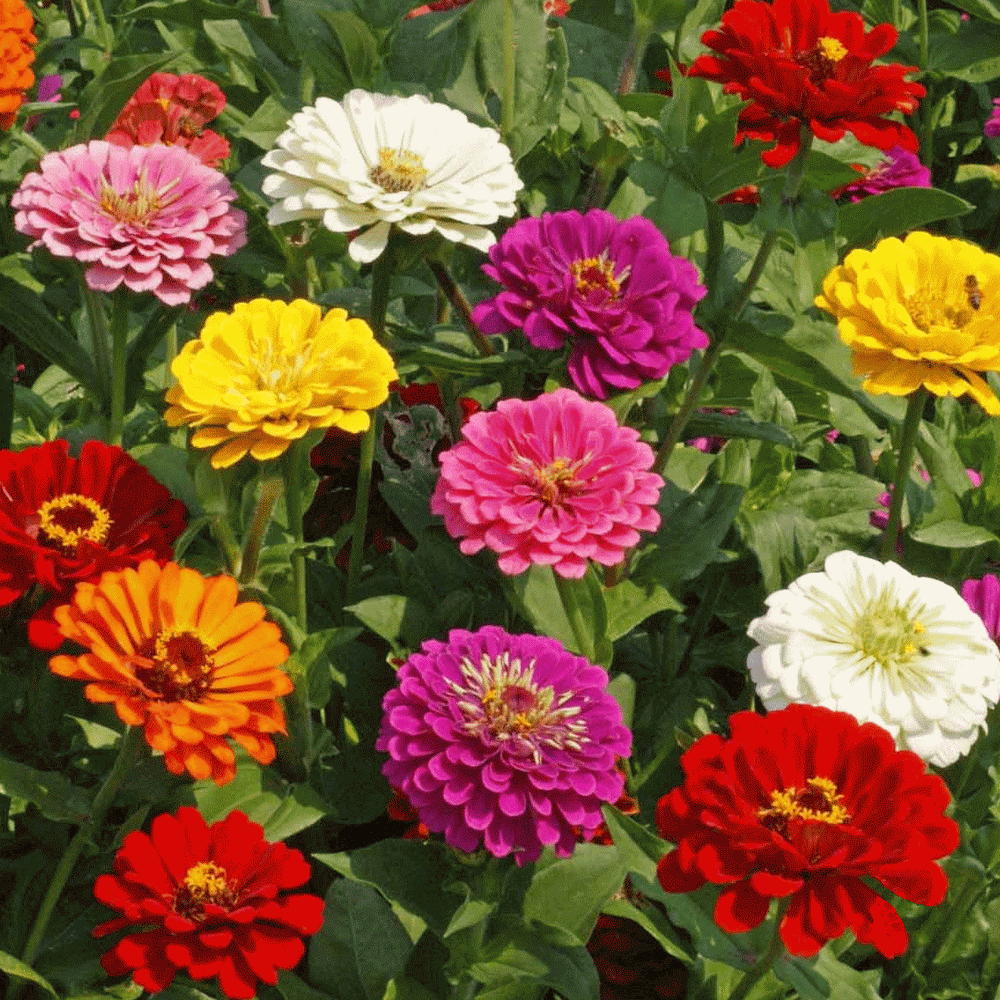

How to prevent leggy seedlings Solution #1: Provide more lightįor the majority of home gardeners, the number-one cause of leggy seedlings is almost always insufficient light. If you don’t manage them during initial development, overcrowded seedlings will try to grow taller and taller as they compete with each other for light.

Read more: Get a Bigger Harvest With This Plant Spacing Guide for Raised Bed Gardens With tiny seeds, it’s tempting to simply scatter them in one large tray and thin the seedlings as they grow, but proper spacing helps prevents leggy seedlings as well. Problem #4: Not enough space between seedlings If you’re inconsistent with watering and the seed starting mix often dries out between watering days, it prevents the seedling from growing a strong stem and leafing out well.Ĭontinued lack of moisture will turn them spindly and eventually kill them as they’re unable to access the nutrients they need from the soil. This results in unbalanced seedlings that are “all legs.” Problem #3: Inconsistent moisture Overly high temperatures, such as those maintained over a heating mat or under a humidity (germination) dome, can lead to a rapid growth spurt in seedlings.Īs soon as the seeds germinate, they respond to the heat by putting up tall, skinny stems before leaf production has a chance to catch up. If it seems like your seedlings more often than not have trouble growing straight up or forming thick, sturdy stems, read on to figure out how to save your leggy seedlings.


I’ve transplanted hundreds of tall, floppy seedlings with success, most of which went on to recover and have normal, productive yields. The good news is, leggy seedlings can usually be fixed before it’s too late. They’re a little more challenging to harden off, and are less likely to withstand wind and rain once they’re in the ground. If uncorrected, the condition can weaken their stems, stunt their growth, or make them defenseless against pests and diseases. They end up with pale, skinny stems and fewer, smaller leaves than healthy seedlings. The seedlings desperately stretch toward the light source, so much that their stems grow too long and lean in proportion to their leaves. Beets, in particular, sprout multiple seedlings from a single seed ball, making them easily overcrowded and prone to growing leggy. Tomato, zucchini, broccoli, kale, lettuce, and beet seedlings tend to get leggy because they’re started in spring when daylight is still limited. Leggy seedlings often happen with seeds started indoors and any type of vegetable, herb, or flower seedling can be affected. Why are the seedlings so spindly and stretching toward the sun? This isn’t a catwalk, ladies! Old Mexico bears mostly double flowers - two layers of petals rather than one - while Persian Carpet produces 2-inch double and semi-double blooms in bold autumnal shades.If you like to give your seeds a head start on the season by sprouting them on a sunny windowsill, you may be wondering right about now… Varieties such as Old Mexico and Persian Carpet have the rich golds, yellows, reds, and copper colors that foreshadow the coming of fall.
GROWING ZINNIA FROM SEED INDOORS SERIES
Unlike most zinnias, which are sold in multicolored mixes, Profusion is available in single colors of orange, cherry, and white.įor a zinnia with a different look that resists powdery mildew valiantly, try growing the narrow-leaved Star Series or the Crystal Series, which tolerates drought and grows well from seed. The neatly mounded shape, consistent color, and disease and drought tolerance of Profusion zinnias have won over researchers, landscapers, and home gardening experts. This variety is not towering, but not cowering either it grows to a robust 30 inches-tall, in an in-your-face blend of red and gold. You'll find plenty of mid-height zinnias to choose from but our favorite is the Zowie! Gold Flame. If you want big, bright, and bold flowers, you'll love Benary's Giant, even in the saturated air of a Pennsylvania July, these Goliaths remain mildew-free.


 0 kommentar(er)
0 kommentar(er)
